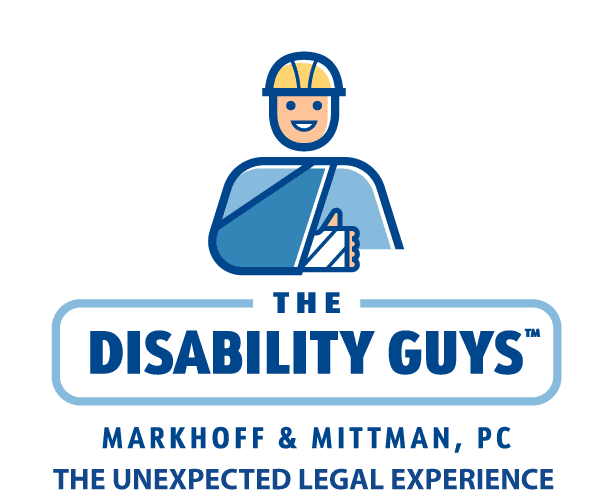The human body is absolutely amazing and thanks to numerous joints, nerves, and muscles, workers are able to perform physical tasks with amazing speed and accuracy. The body, however, was not designed to do the same exact motions every day for hours at a time. Just like a machine, our body parts can wear down over time while under pressure. Given the fact that most workers perform the same tasks day in and day out, it’s no surprise the repetitive stress injuries are on the rise.
Overuse & Repetitive Stress Injuries
Did you know that repetitive stress injuries (RSIs) now make up nearly 60% of all work-related injuries?
A repetitive stress injury results from overuse of a part of the body. Although the most common RSIs come from the use of a mouse and keyboard, you can experience a repetitive strain injury from ANY repetitive movement, including those associated with sports, the operation of some machinery, or playing a musical instrument. The overuse of the body part injuries the muscles, nerves, and other tissues, causing internal swelling, irritation, and sometimes tissue damage.
The term “repetitive stress injury” covers a number of different, specific conditions that result from overuse, including:
- Tendonitis
- Tenosynovitis
- Trigger Finger
- Tennis Elbow
- Carpal Tunnel Syndrome
- DeQuervain’s Syndrome
What Are the Symptoms of RSIs?
If you have suffered an RSI, you could have a wide range of symptoms in and around the body part affected. The most common symptoms are:
- Pain
- Stiffness
- Tingling
- Numbness
- Weakness
- Burning
- Swelling
You may feel these symptoms directly in the affected body part, such as the hands and fingers in the case of computer-related injury, or you may feel symptoms in other body parts, such as the shoulder or arms.
Who Is Most At Risk?
All over the state of New York workers in every single industry are at risk. However, the most common forms of work that may cause an RSI include:
- Typing
- Assembly line work
- Brick laying
- Massage
- Food packaging
- Sawing
- Jackhammering
- Writing
- Painting
In nearly every scenario, the injury could have been prevented if the employer had invested in training involving ergonomics.
Ergonomics Not Only Save Employees, It Helps Employers
Ergonomics is the study of how the body relates to the physical environment around it. Not only can it teach employees how to move in a way that would prevent RSIs, but it also teaches them how to maximize their efforts and save time.
This means that in addition to helping employers save money by having fewer workers’ compensation claims, it also helps them by saving the company time and money.
What If I’ve Already Been Diagnosed?
If you have already been to the doctor and have been diagnosed with an RSI, the next step is to file a 
It is also important to remember that you need to inform your employer of the injury.
What If My Employer Says They Don’t Have Insurance?
Workers’ compensation insurance is required by law and if an employer fails to obtain the necessary coverage they will face the consequences. Not only may they lose their license and be fined but they may find themselves sued by their own employee.
Not only does a workers’ comp claim pay for an employee’s medical expenses, it also prevent the employee from filing a personal injury lawsuit against their employer. But if no policy exists, the employee has the right to seek compensation through a lawsuit because their employer failed to protect them.
In addition to coverage for medical expenses and lost wages that workers’ comp would have provided, a lawsuit can award additional non-monetary compensation for physical and emotional pain and suffering.

